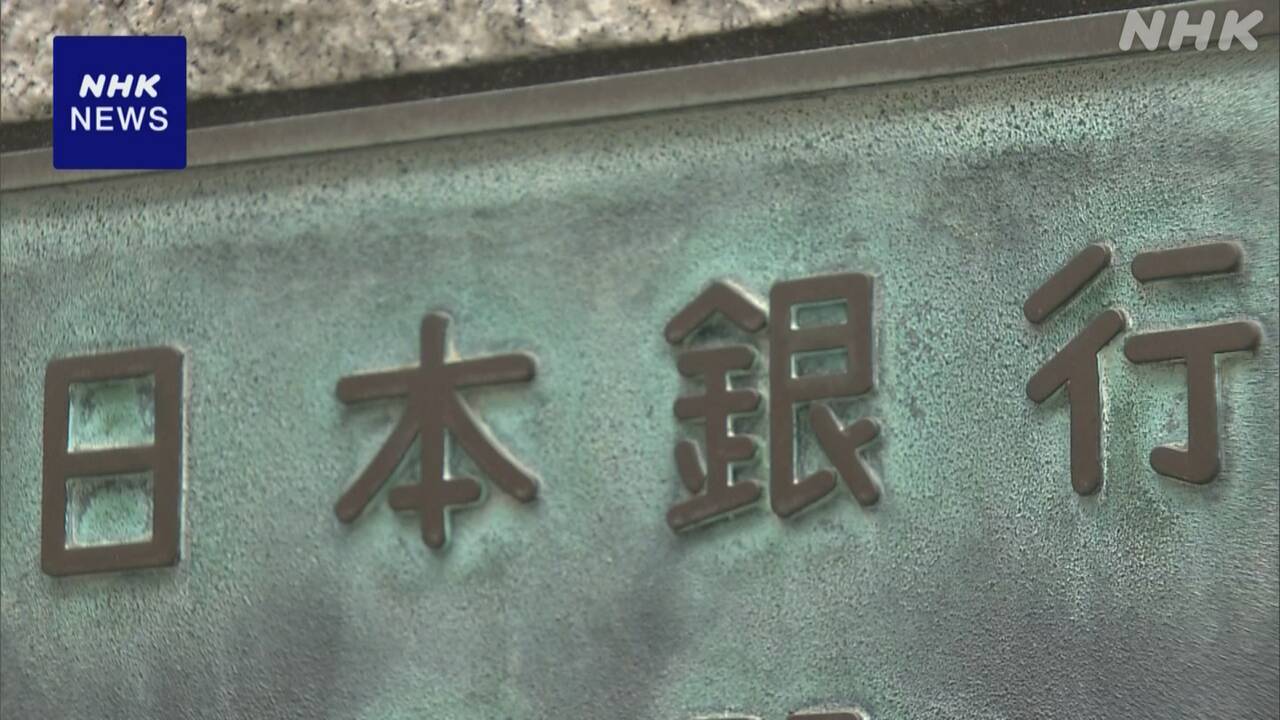The outstanding balance of government bonds held by the Bank of Japan was over 589 trillion yen as of the end of March, the highest ever at the end of a fiscal year. The Bank of Japan shifted its large-scale monetary easing policy in March, but the focus has been on handling government bonds, which it holds in large quantities.
The Bank of Japan has been purchasing government bonds as part of large-scale monetary easing measures, but as of the end of March, the balance of government bonds it held, including Treasury bills issued by the government for short-term financing, was 589. The total amount was 663.4 billion yen.
This is over 7.9 trillion yen, an increase of 1.3% compared to the end of the previous fiscal year, and is the largest ever for a fiscal year end.
Similarly, the amount held in ETFs (exchange traded funds), which the Bank of Japan has continued to purchase, was 37,186.1 billion yen as of the end of March, an increase of more than 140 billion yen compared to the end of the previous fiscal year, and as of the end of the fiscal year. It is the largest ever.
The Bank of Japan changed its large-scale monetary easing policy at its March monetary policy meeting, and
decided
to continue purchasing government bonds at the same level as before, but to suspend new purchases of ETFs.
.
Going forward, the focus will be on how to deal with assets such as government bonds held in large quantities, but Bank of Japan Governor Ueda stated at the House of Representatives Finance and Financial Services Committee attended on the 5th, ``In the future, we will not be able to exit from large-scale easing.'' "We would like to reduce the amount of government bond purchases and move to a point where the amount outstanding is reduced as we proceed with this process. Also, we are not thinking of disposing of ETFs immediately."

